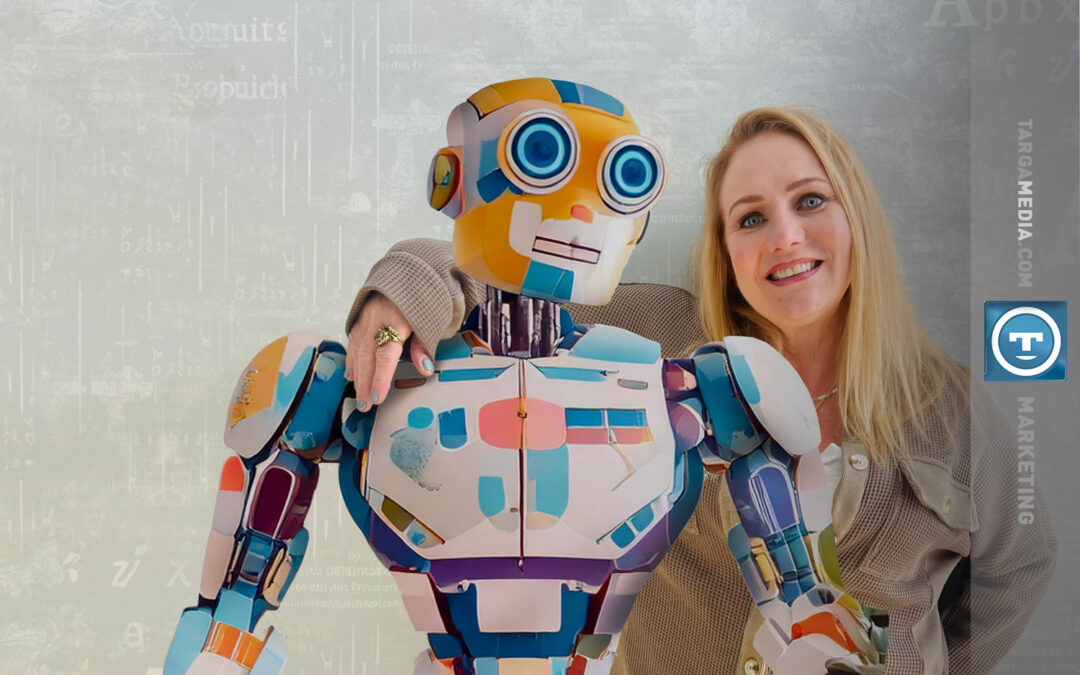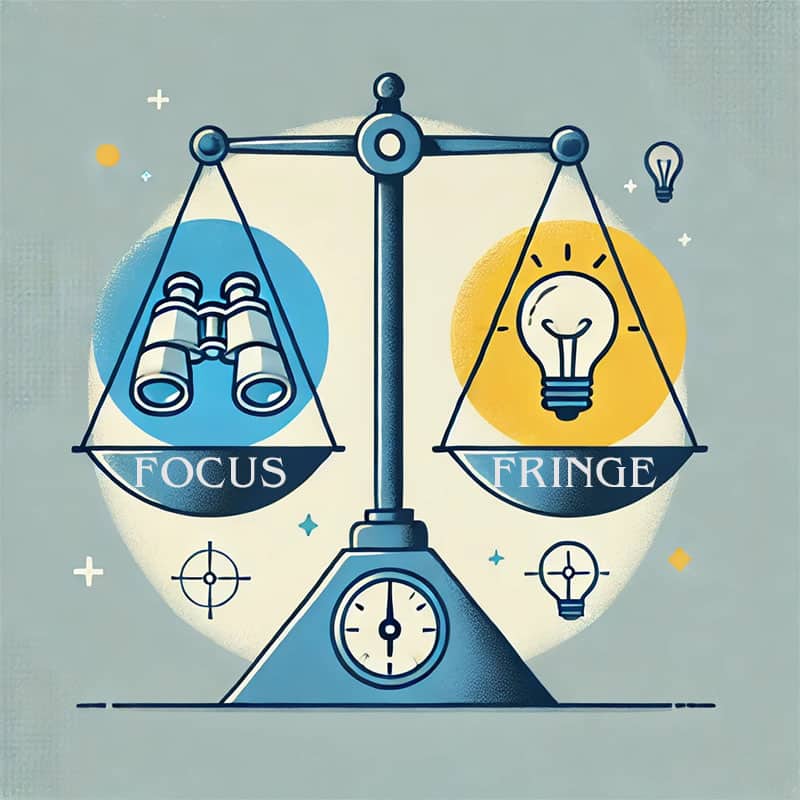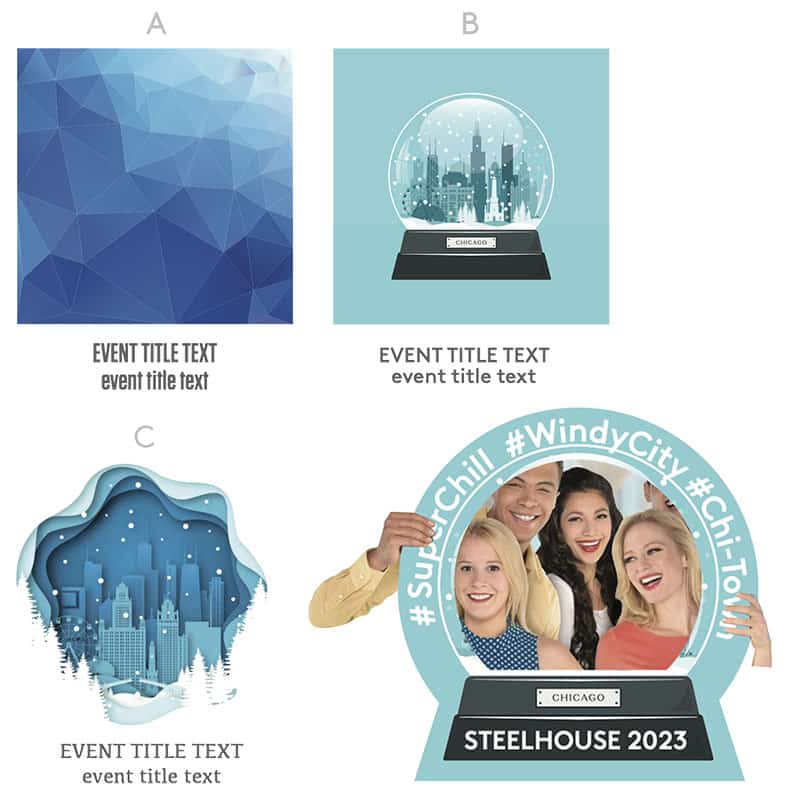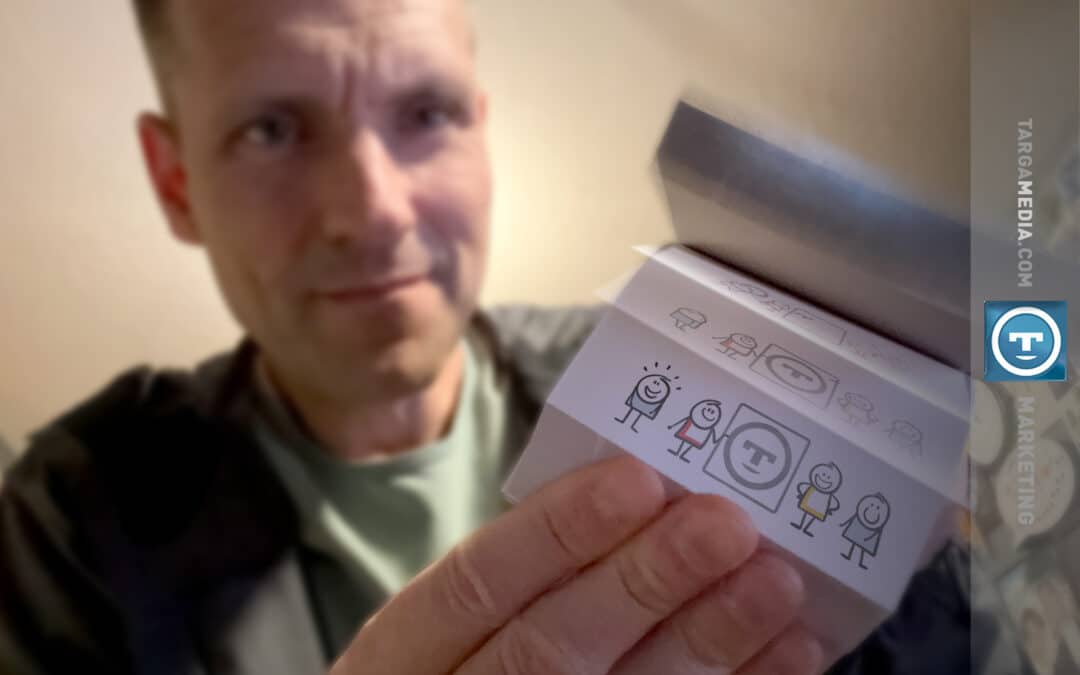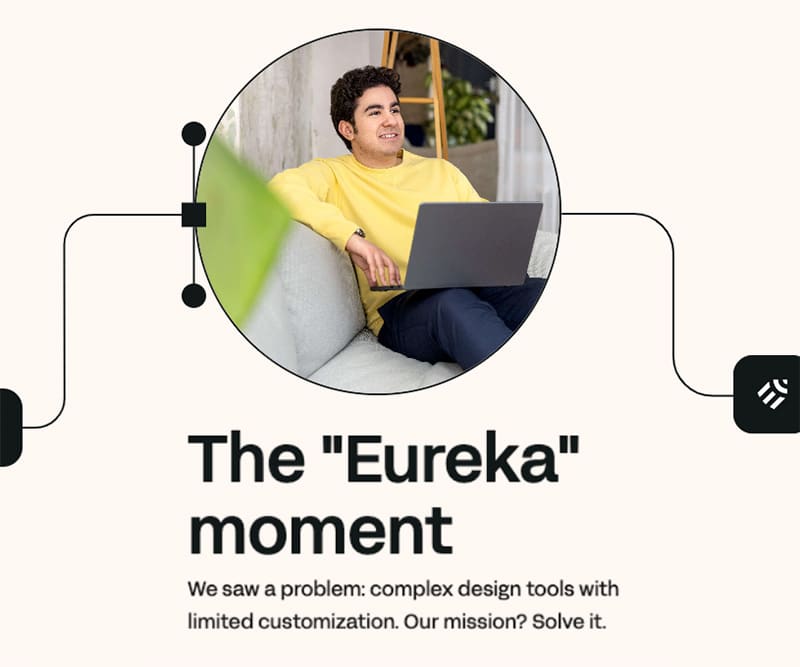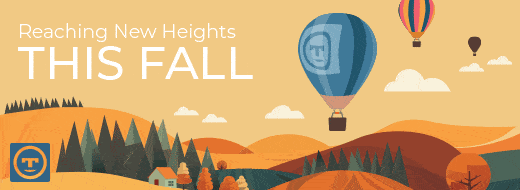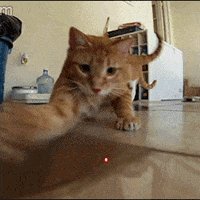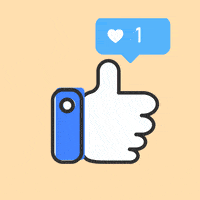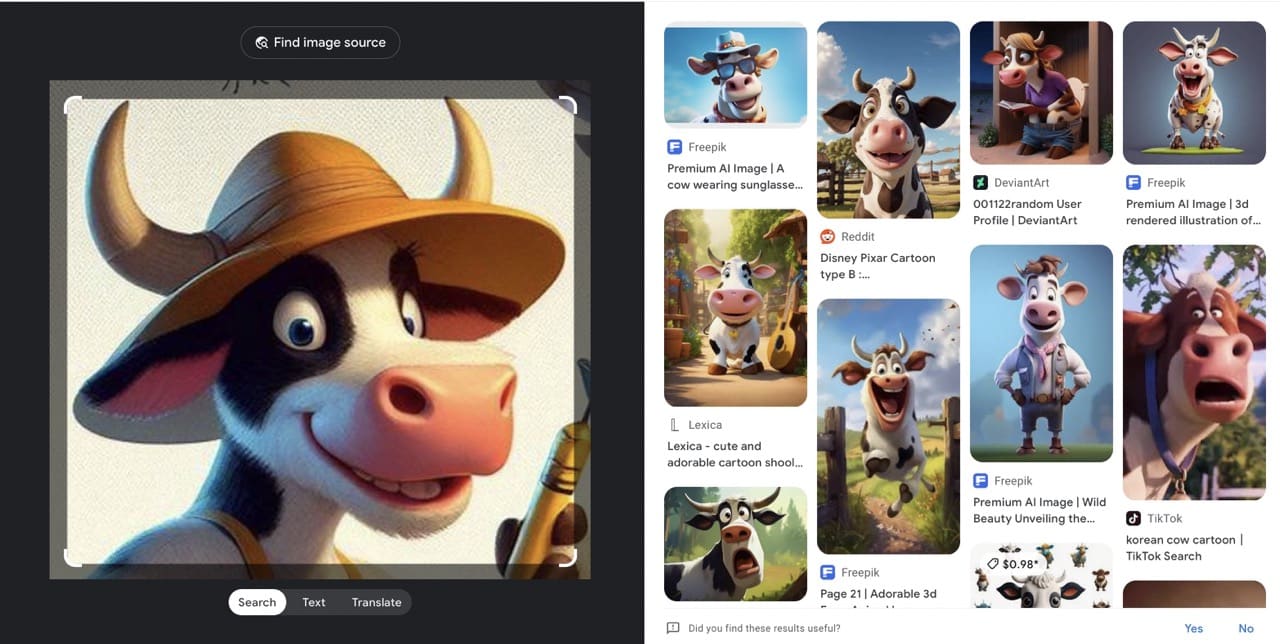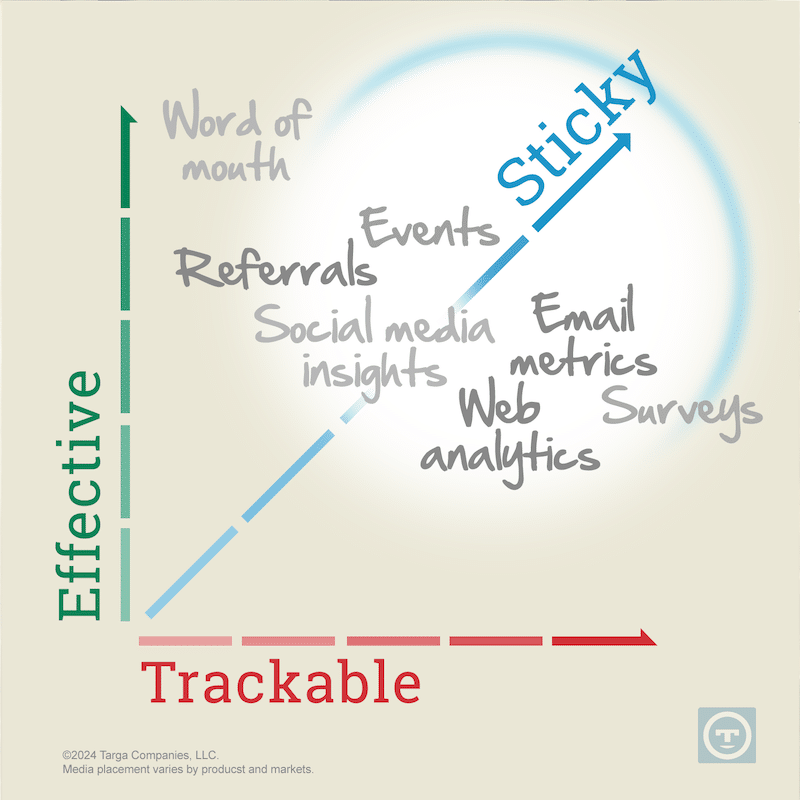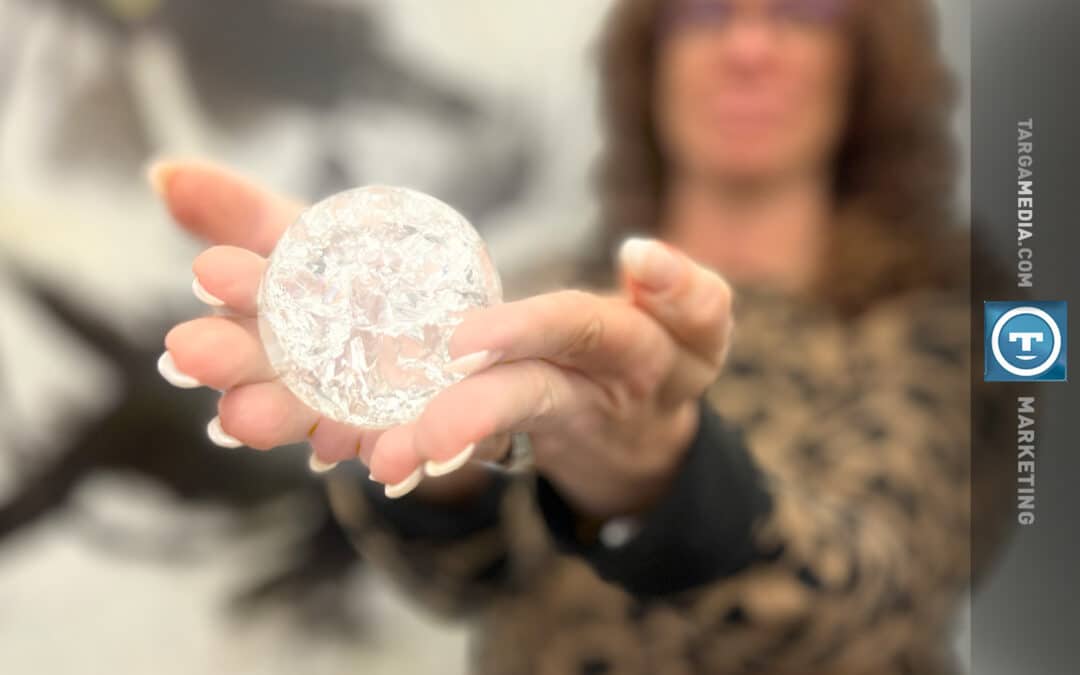
B2B Marketing Trends for 2025

Taleen Ericksen
COO
B2B Marketing Trends for 2025
As the past year comes to a close and we ring in the new year with bubbles and sparkles, Targa takes time to reflect — where we’ve been, where we’re headed, and how we’ll get there. It’s like setting a personal new year resolution like cutting carbs, recycling more, or learning a new language. But for marketing.
Here are some of our marketing resolutions for the year ahead:
1. Be a Multiplier
There’s a leadership principle that multipliers amplify the intelligence and capabilities of those around them. That’s exactly what we will continue to do at Targa. We are constant, vocal and supportive cheerleaders, therapists, even “fixers” when needed. We help our clients be more creative, solve more problems, fill knowledge gaps, and have fun being great. Our role as an agency partner is to promote creativity WITH our clients, giving them the power and space to build their expertise and flex their creative muscles to solve daunting marketing challenges and create successful outcomes. We’re here to support you 100% x a billion.
2. Harness the Power of AI with HI
AI is evolving fast. As marketers, agency side and client side, we have huge opportunities — and huge challenges — ahead of us. Did you know 75% of marketers are already experimenting with or fully implementing AI? Yet AI alone isn’t the answer. The real value lies in human intelligence (HI). Targa has been developing a team of experts who can ask the right questions, refine results strategically, and add a critical human touch to keep marketing authentic and impactful.
We see AI as a tool to enhance creativity, not replace it. Remember when tools like Hubspot once sparked fear, but ended up opening the door for a new generation of experts and specialists? Same thing. Our mission is to ask the right questions, refine the results, and add our human experience to drive smarter strategies and deliver better results.
3. Focus on the Why
Since day one, Targa has ascribed to the value of marketing with purpose. With more fragmented channels, shorter attention spans and heightened competition, all marketing must be purpose-driven. Our core philosophy advocates for a values-aligned, audience-first approach.
We channel our inner three-year-old, constantly asking Why? Why does this matter? Why will they care? Why would they engage? More often than not, that simple one-word question helps us—and our clients—look at things from a different perspective and get better results.
4. Build Deeper Relationships
This resolution is about creating a personal connection from the moment we meet till long after a project wraps. What does that mean? We care. We stay present. We ask questions and listen to answers. We look for ways to add value wherever, whenever and however we can. We dig deep, understanding the business, brand, products, processes, and people like we are part of the team. Because we are.
5. Create More Miracles
Yes we can. That’s our mindset. Whatever it takes, our goal is to delight and impress. We will do more than you think we can. We do it faster than perhaps we should. We do it for less money than seems reasonable. And we deliver better, more thoughtful solutions than you anticipate. We thrive on the challenge of turning the impossible into reality—because that’s where the magic happens.

